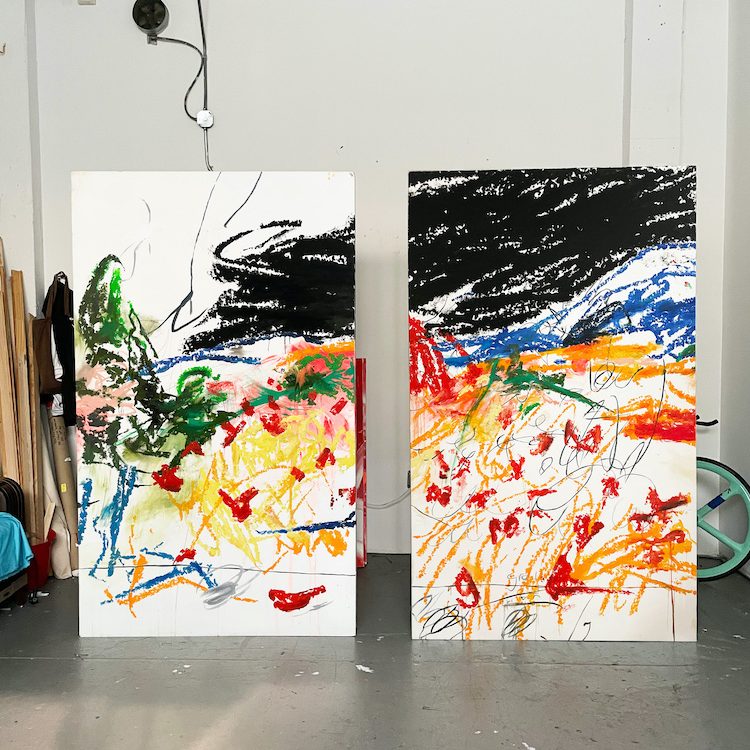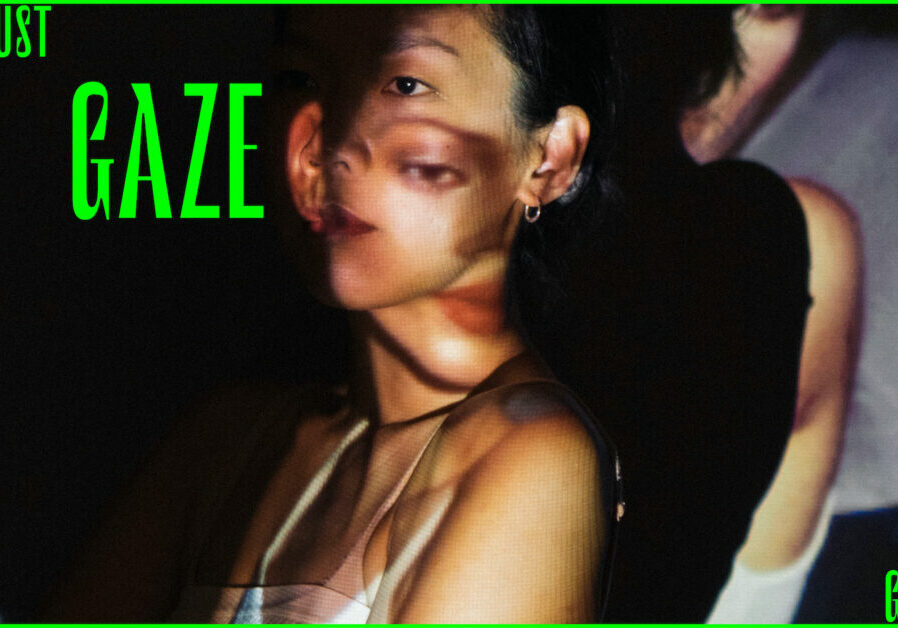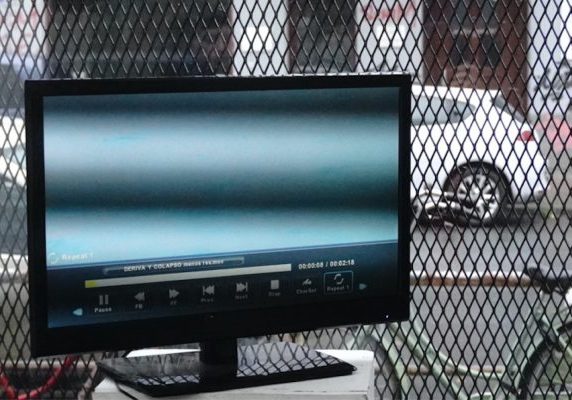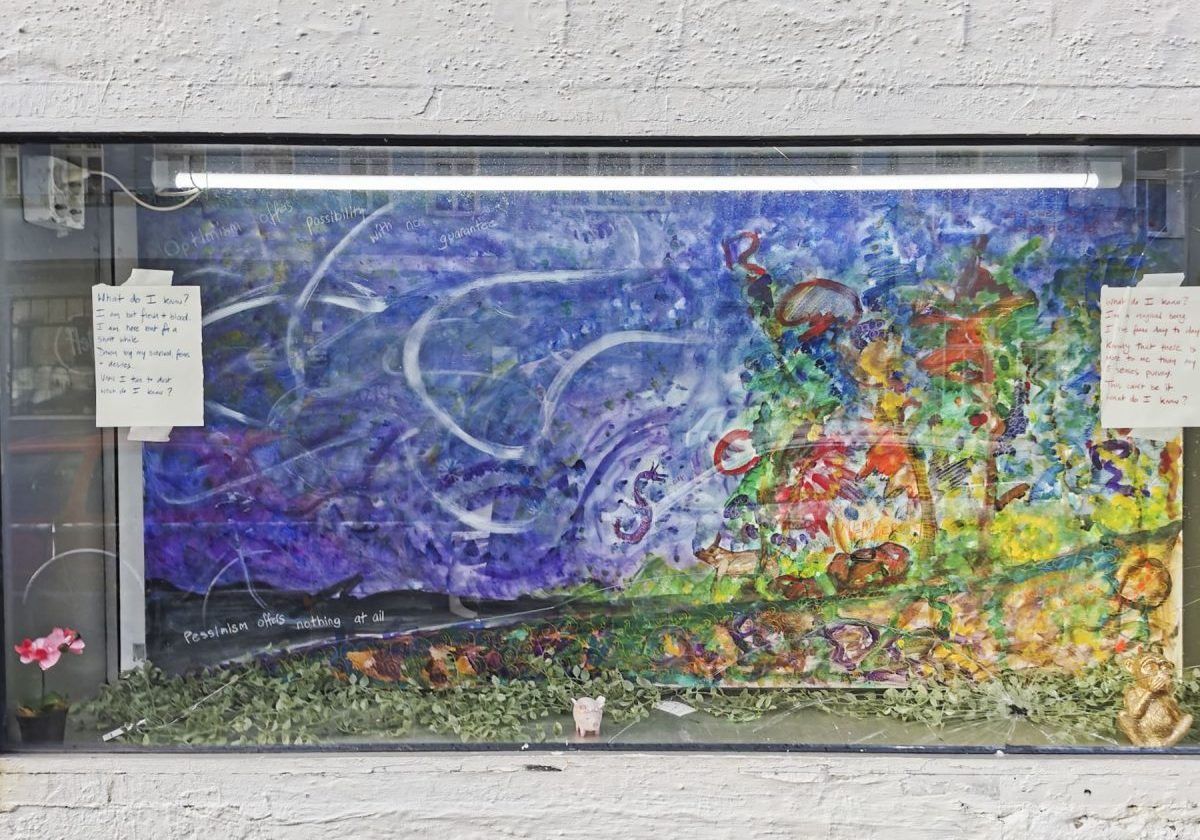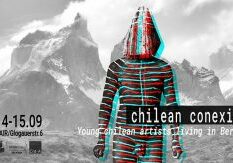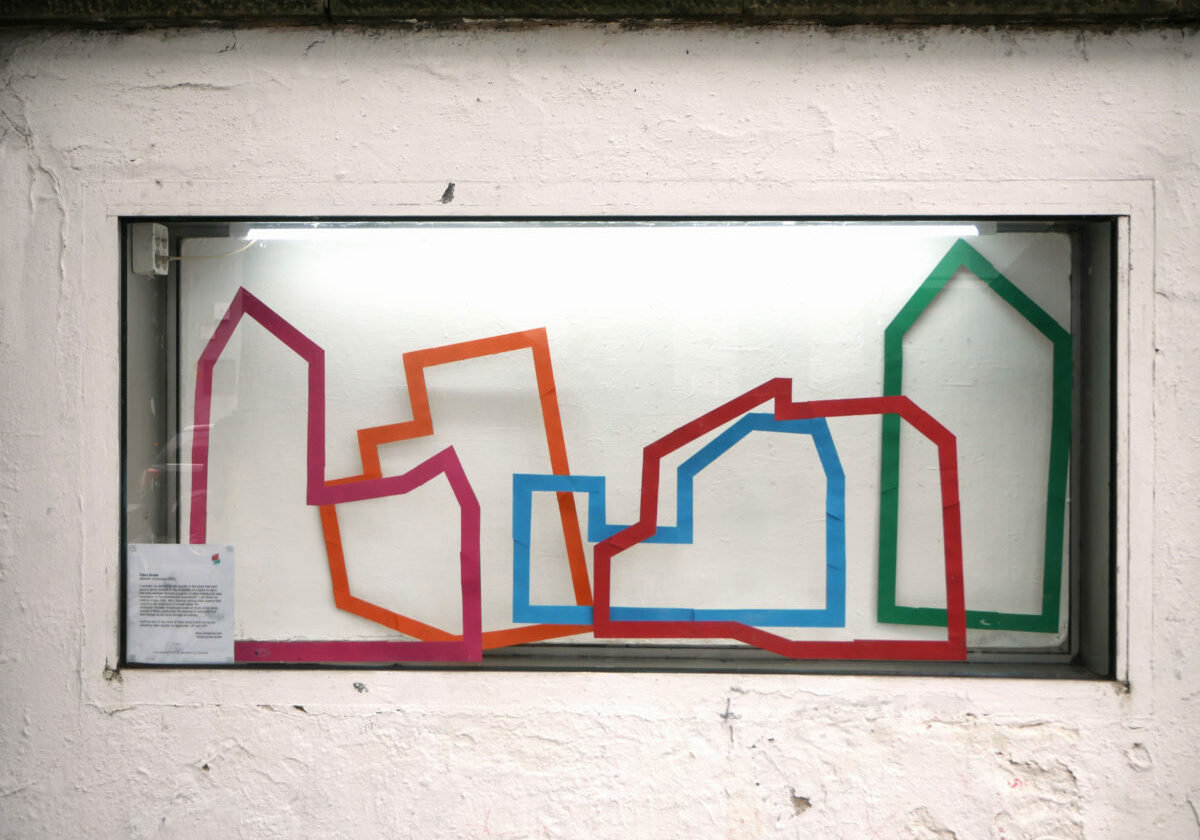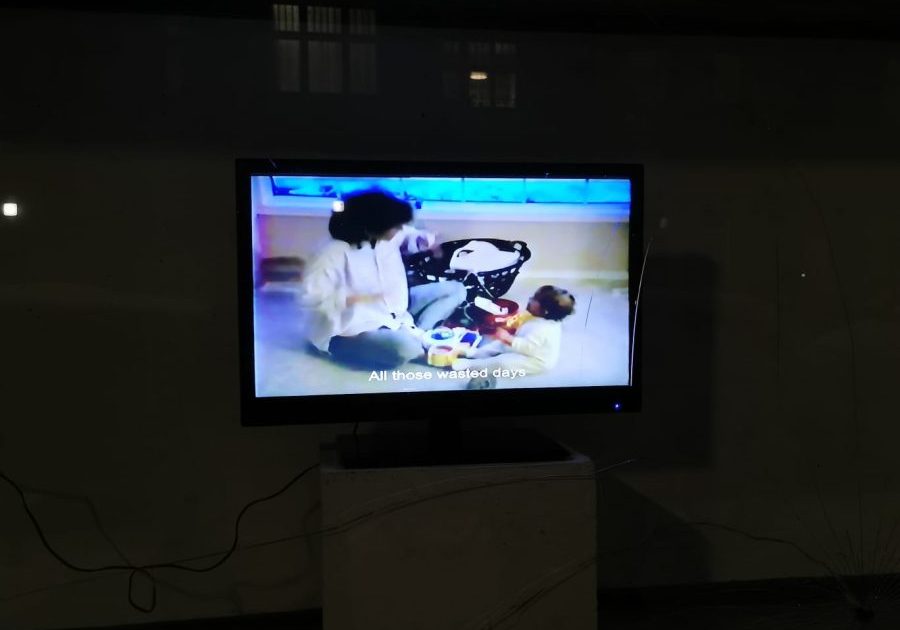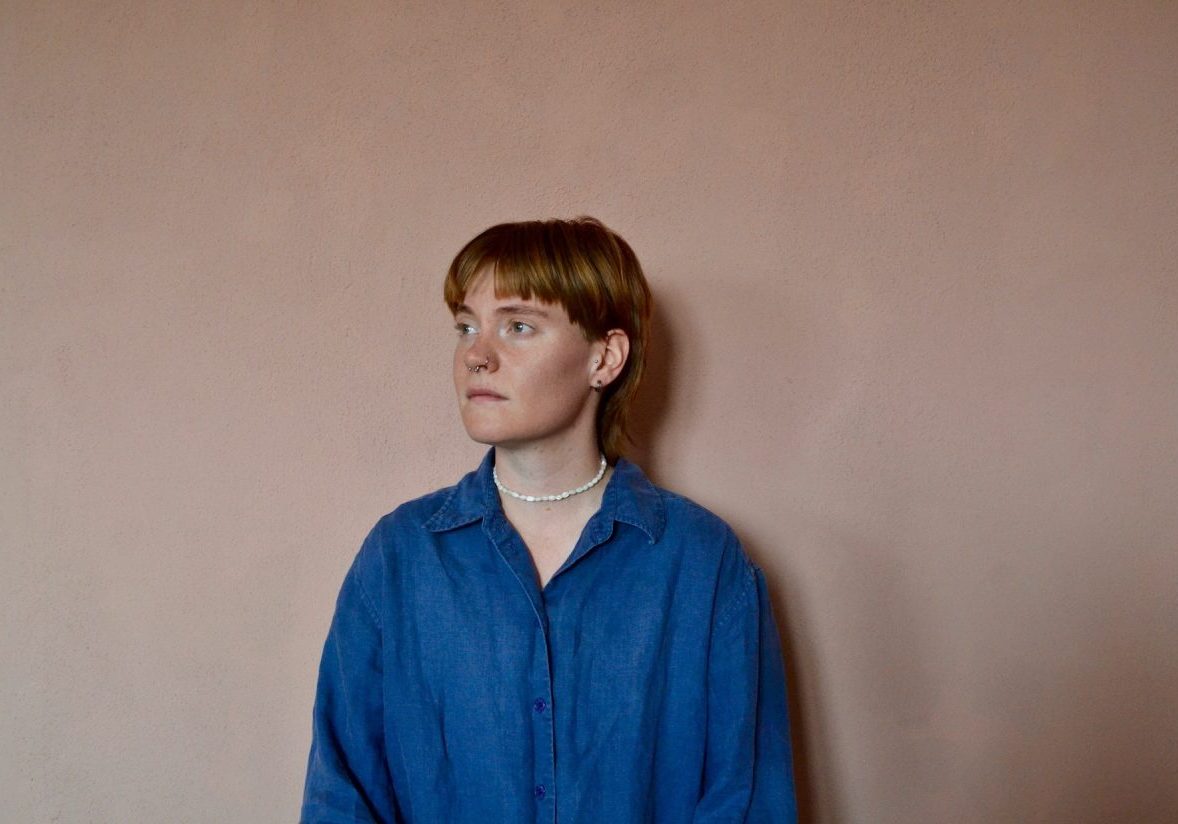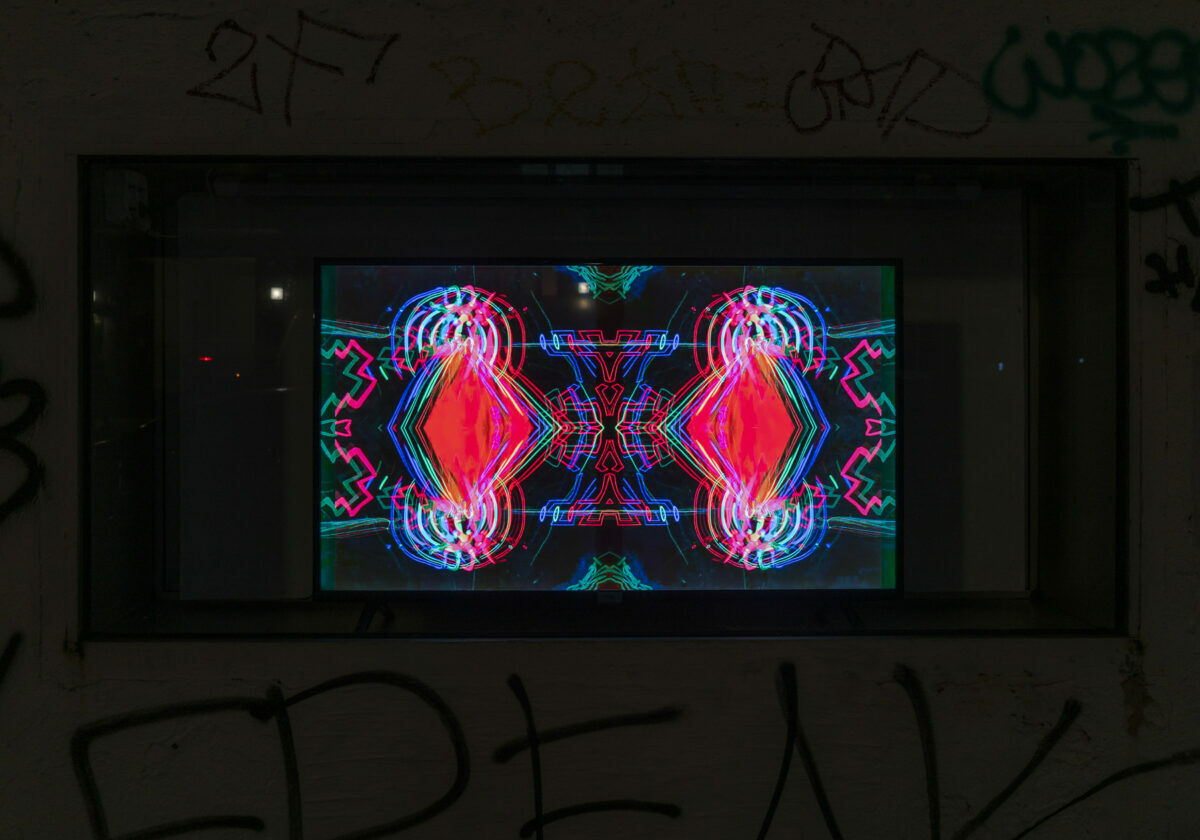Meet the Artist // James Evans
Through the medium of painting, representational or non-representational, James Evans wants to explore the intrinsic energy, the self-sustaining drive, that exists within each one of us; and delve into the nuances of human interaction with the world, as well as the perpetual evolution of the world that exists independently of individuals.
How did you start your artistic journey?
I went to school for English actually, I didn’t start painting until I moved to New York. Painting just became something I needed to do. It’s very cathartic, and I became obsessed. The more I experimented, the more I tried to find ways to understand the dialogue between the mediums.
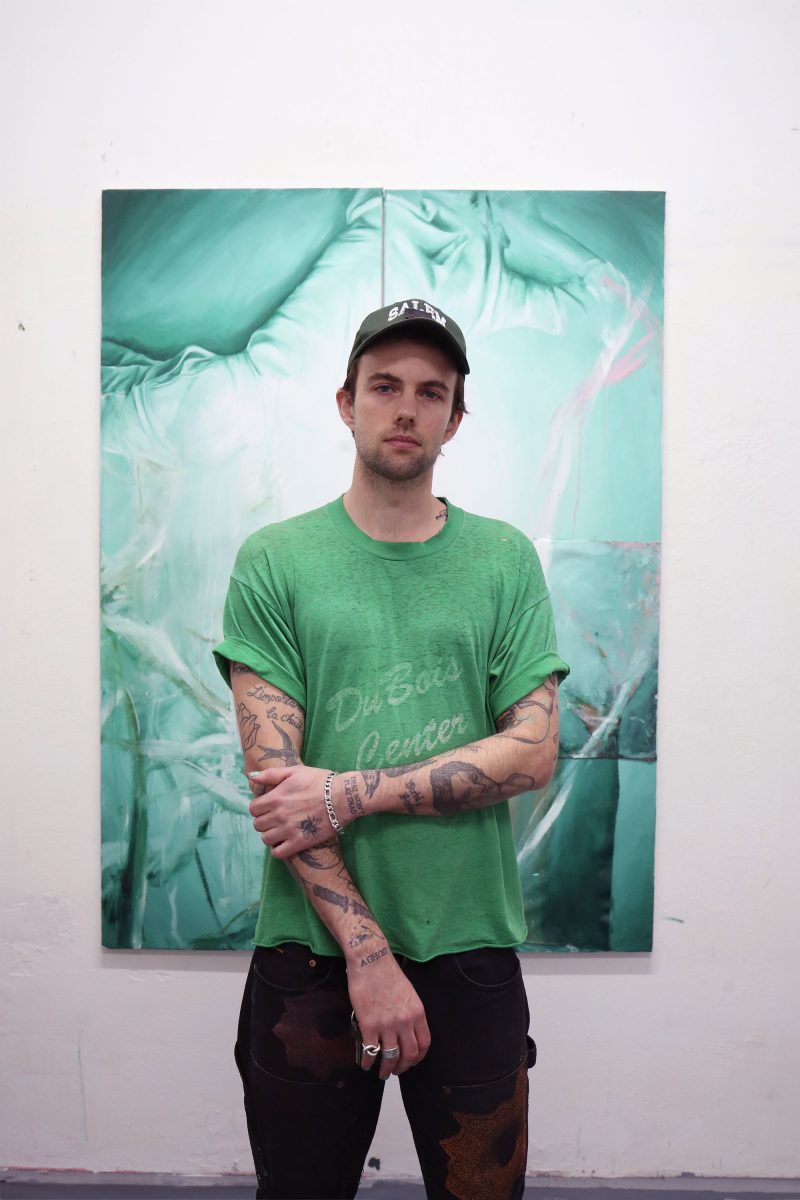
What kind of writings do you do, is it more fiction, poetry…?
You could probably label it auto fiction, although at the moment I’m working on several short fiction pieces.
How would you describe your practice?
It has evolved a lot. I used to do very detailed figurative painting, and increasingly I’ve been more focused on how a work feels rather than how it looks, I’ve been paying more attention to texture and movement. I’m trying to make works that don’t feel restricted to either figuration or abstraction. What I’m working on here is trying to branch out further from that and make paintings that directly correlate to a piece of short-fiction I’m working on. My daily practice can be summed up like: I usually wake up at 7 am, then I write for maybe 2-3 hours, and then I paint until the night. It’s basically a full day of writing and painting, and understanding how I can combine the writing with the figurative ideas, with the abstract movements. I try to find a world where they can co-exist.
What are your inspirations, whether it’s for painting or writing?
My inspirations for writing are often just whatever book has most recently got in my head. In recent books, there is Pond by Claire-Louise Bennett, which I really loved, or there is an amazing book by Jon Fosse called Septology. Both of those really impacted how I thought about writing, as well as visual art. For me, location is a big influence as well. I lived in New York for a decade, and I grew up in Colorado. The influence of the natural world has always been an inspiration, especially in my sketches. Initially, the idea of my rough pastel sketches comes from going out in nature and doing really quick sketches. The natural world is a really beautiful X? for a lot of characters and figures in our lives. So, location is really inspiring to me. I make different work in Berlin that I would make in New York, or in Colorado.
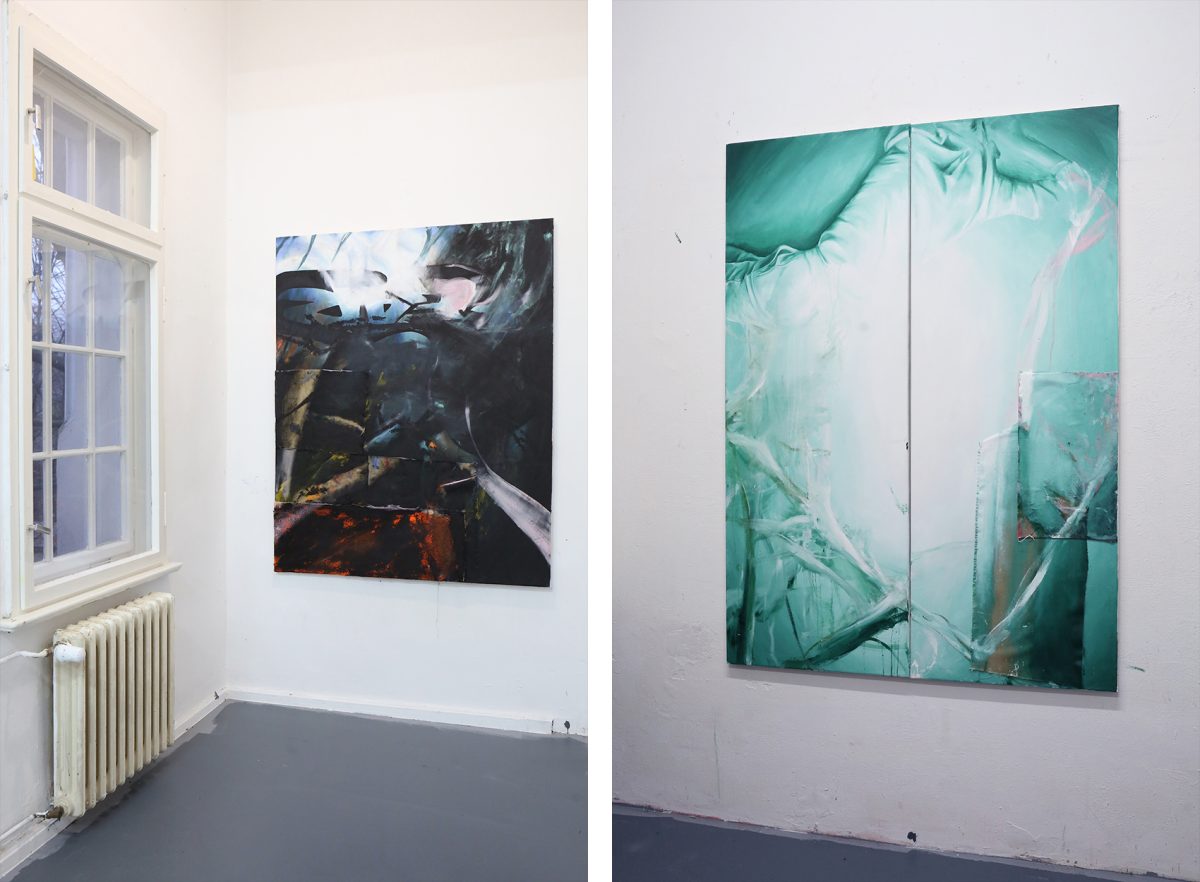
How do you think Berlin impacts your practice?
There is a lot more freedom here. It’s easy to talk about that from structural or financial perspectives, but I think that beyond that, in New York, there is a tendency to focus on the outcome rather than practice. You are under such a constraint that you think a lot about “What am I making? Is it sellable? Does it fit this box I created for myself?”. I think in Berlin you have the opportunity to focus more on the process, and the practice, and the concept behind the artwork. That’s refreshing.
Besides the city of Berlin, what motivated you to come to GlogauAIR?
I was particularly interested in being in the neighbourhood of Kreuzberg, and GlogauAIR looked like a beautiful building and a nice opportunity to be centrally located and to make the sort of work that I’ve been wanting to make.


